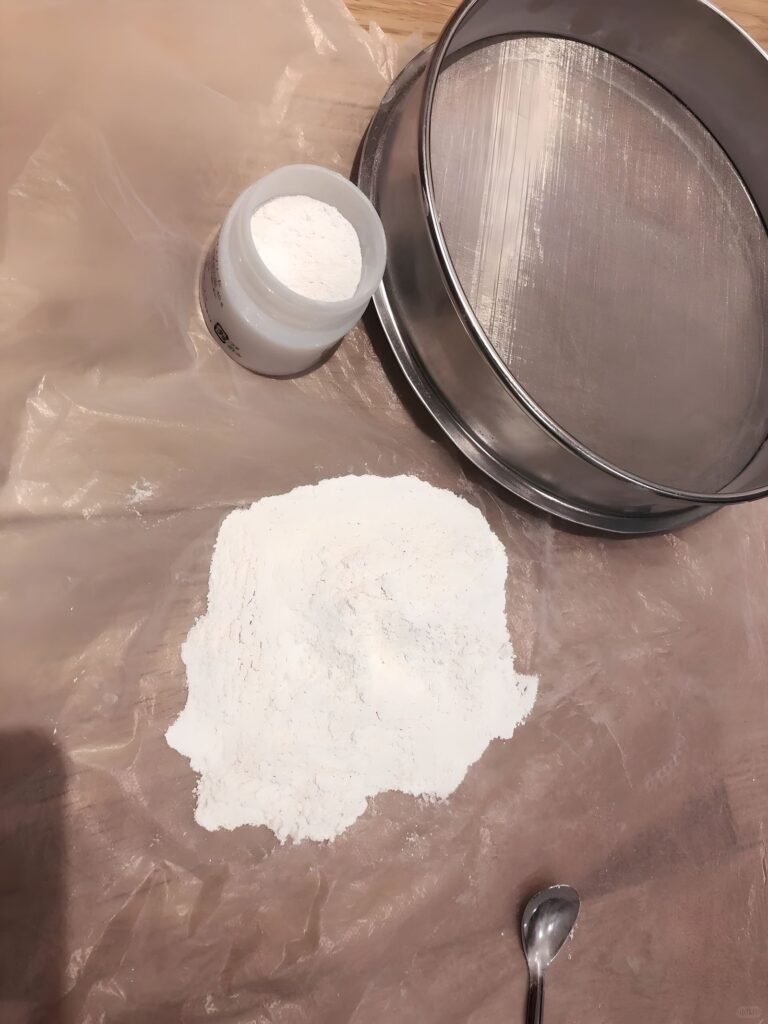Saltwater vs. Freshwater Pearls: Understanding Their Medicinal Differences

Understanding the Medicinal Components of Pearls
Pearls, both saltwater and freshwater, are renowned for their beautiful luster and luxurious appeal, but they also harbor medicinal value. This comes from their amino acids, trace minerals, vitamins, and bioactive peptides. Taurine, an amino acid prevalent in pearls, is especially noteworthy for its potential health benefits.
Interestingly, the type of water in which the pearl is formed plays a role in its composition. The Gemological Institute of America (GIA) states that pearls differ based on the mollusk species and environmental conditions. Saltwater pearls (like Akoya, Tahitian, and South Sea pearls) come from saltwater mollusks, while freshwater pearls come from mussels in rivers and lakes(GIA). Understanding these distinctions is critical for determining the best uses for pearls in medicinal applications.

Saltwater Pearls: Eye Health and Antioxidant Benefits
Saltwater pearls generally contain higher concentrations of amino acids, particularly taurine, making them stand out for certain health benefits. One of the key medicinal properties of saltwater pearls is their role in supporting eye health. They are believed to possess anti-oxidative properties that combat eye strain and help maintain visual clarity. The enhanced amino acid content, along with other nutrients in saltwater pearls, has led to their use in traditional remedies for reducing oxidative stress and aging in the eyes(GIA). Their high content of minerals like calcium also contributes to overall eye and bone health.

Freshwater Pearls: Anti-Inflammatory and Healing Properties
Freshwater pearls, on the other hand, are known for their anti-inflammatory effects. They are primarily used in remedies for soothing stomach ulcers and skin ailments. The minerals and amino acids in freshwater pearls are especially effective in healing, making them popular for topical and ingestible uses aimed at reducing inflammation and promoting tissue repair.
Studies on pearls found in Texas’s Concho River reveal that freshwater pearls contain a unique set of minerals and pigments, resulting in a wide range of pastel colors and therapeutic properties(GIA). These characteristics align with the anti-inflammatory properties attributed to freshwater pearls, making them particularly useful for gastrointestinal health and skin care.

Factors Influencing Pearl Composition
The medicinal properties of pearls can vary based on their origin, the species of mollusk, and environmental conditions. For instance, GIA research highlights that freshwater pearls differ widely in size, shape, and color based on the mussel species and water quality. The overall nutrient profile may vary accordingly, influencing the medicinal potential of pearls cultivated in different environments.
Conclusion: Choosing the Right Pearl for Medicinal Use
While both saltwater and freshwater pearls have health-promoting properties, their applications differ. Saltwater pearls are primarily valued for their antioxidant and vision-related benefits, while freshwater pearls are more frequently used for their anti-inflammatory and healing effects. When selecting pearls for medicinal purposes, understanding their origin and nutrient composition is key to maximizing their benefits.
Whether considering eye health, skin healing, or gastrointestinal comfort, both saltwater and freshwater pearls offer a unique set of advantages. And as science continues to explore these beautiful gems, their role in holistic and traditional medicine will only expand.
